
The job market's tough right now, and businesses are doing all they can to keep their best people from leaving. Did you know that having strong employee retention strategies can save a company up to 200% of an employee's yearly salary in turnover costs? That's huge and shows how crucial it is to keep your team happy and engaged. Looking ahead to 2025, employee expectations are changing fast. Things like career growth, flexible work, well-being support, inclusive cultures, and clear pay are all part of a solid retention plan. Let's dive into what really works to keep your employees happy and sticking around in the future!
Career Development Opportunities for Employee Retention
Importance of Career Development in Retention
Career development is crucial for employee retention. Companies implementing structured mentorship, cross-functional roles, and clear promotion paths experience a 30% boost in retention. When employees see a clear growth path—through training, workshops, certifications, and mentorship—they are more likely to remain with the company.
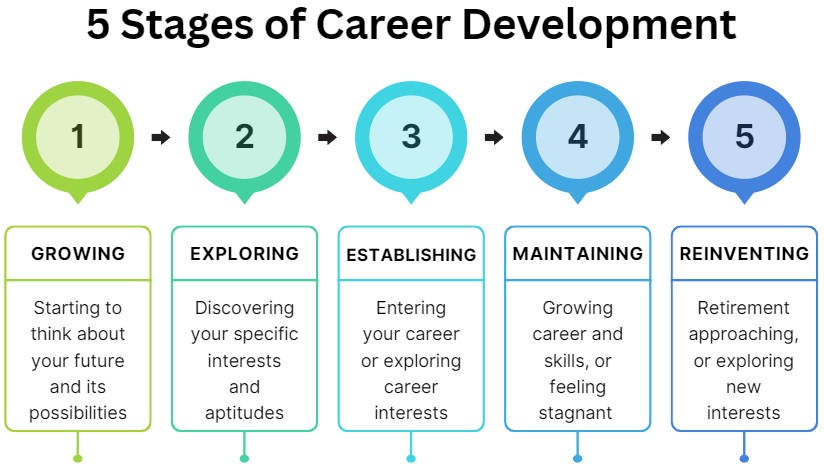
Offering consistent opportunities for career development and skill-building reduces turnover and helps retain talent across all age groups. Without these growth opportunities, employees often seek employment elsewhere. Therefore, it's essential to provide clear advancement paths. For instance, ATCC's structured recognition and career growth program increased retention by 10% in just one year, demonstrating how supporting career growth can enhance employee loyalty.
Practical Examples of Career Development Strategies
Structured mentorship programs, where experienced employees guide newer ones, significantly aid retention by illustrating clear career paths. Additionally, cross-functional assignments allow employees to explore different roles and skills, enhancing their growth and engagement.

Effective internal mentorship and performance reviews convey to employees that their future is valued, fostering loyalty. Personalized development plans that align employee interests with company needs are particularly effective at maintaining engagement and retention. Companies with internal mentorship and personalized learning plans witness better employee confidence and retention compared to those without. Spring Health's mentoring program is a prime example—it reduced employee turnover from 32% to 15%.
Tools and Technologies Enhancing Career Development
Professional development budgets and tuition support are powerful tools for enhancing retention by fostering a culture of growth and confidence. The use of AI is increasingly common for personalizing employee experiences and development programs, making career growth more tailored and effective.
Remote collaboration tools and clear goals support flexible and hybrid work setups, enabling employees to balance growth with their work-life needs. Data-driven approaches allow companies to identify gaps and adjust programs to meet employee needs, boosting engagement and reducing turnover. Companies utilizing AI-driven learning platforms and development budgets report higher engagement and retention by aligning growth opportunities with individual career goals.
Career development opportunities and mentorship programs are vital for effective employee retention strategies.
Flexible and Hybrid Work Models for Employee Retention
Implementing Flexible Work Arrangements for Retention
In today's evolving work environment, more companies are adopting flexible work setups to enhance employee satisfaction and retention. Among these, hybrid work models—blending office and remote work—are particularly popular, with about 60% of North American companies implementing them. These models offer a balance of routine and freedom, crucial for maintaining employee satisfaction and productivity.
To ensure the success of hybrid work, organizations must establish:
- Clear expectations
- Appropriate tools
- A culture of trust and collaboration

Rather than imposing uniform policies, companies are empowering teams to determine their own hybrid schedules. For example, Allstate allows its sales teams to choose their in-person days, while product development teams meet less frequently, tailoring approaches to each team's unique needs. Additionally, for on-site roles, flexible hours and childcare support are offered to attract and retain talent, aligning with current job market demands.
Technology for Remote Collaboration in Hybrid Work
Technology has significantly transformed flexible and hybrid work environments. AI and automation streamline workflows and enhance efficiency, enabling seamless collaboration across time zones. Tools such as Microsoft Copilot and Google Gemini, along with AI scheduling bots, are instrumental in maintaining productivity and connectivity.
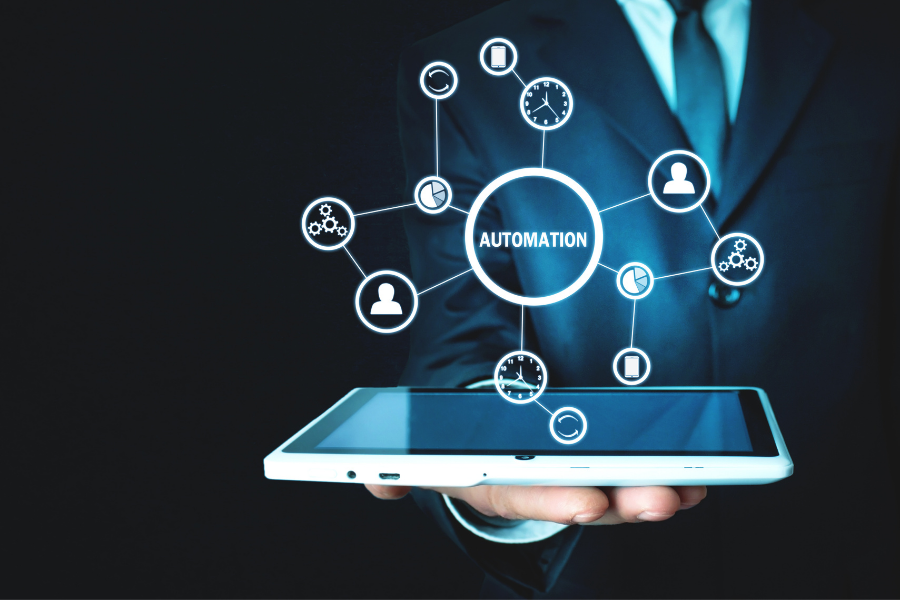
Providing employees with the right technology ensures equitable opportunities and fosters team cohesion. Companies utilize AI scheduling bots to coordinate meetings for global teams, reducing delays and enhancing collaboration. The success of hybrid work hinges on having the necessary tech and tools to keep remote workers productive and connected.
Case Studies of Successful Hybrid Work Models
Organizations like Allstate and Cloudflare are empowering team leaders to shape hybrid work models that suit their teams, thereby increasing employee satisfaction and efficiency. By embracing flexible hybrid models, businesses gain a competitive edge in attracting and retaining talent, offering freedom, improved work-life balance, and meaningful in-person interactions.
Companies that equally support remote and in-office workers experience heightened productivity, engagement, and reduced turnover. McKinsey emphasizes the importance of clear communication regarding the value of on-site work and the role managers play in mentoring younger employees. For instance, Cloudflare's product development teams, located across various time zones, convene in person one week each month, focusing on moments that truly matter.
Well-being and Mental Health Support
Mental Health's Impact on Employee Retention
Mental health plays a significant role in employee retention. Companies that prioritize mental well-being often experience enhanced team cohesion and longevity. Research indicates that retention rates increase by 5.5% for organizations utilizing mental health services, underscoring the value of these programs Modern Health.
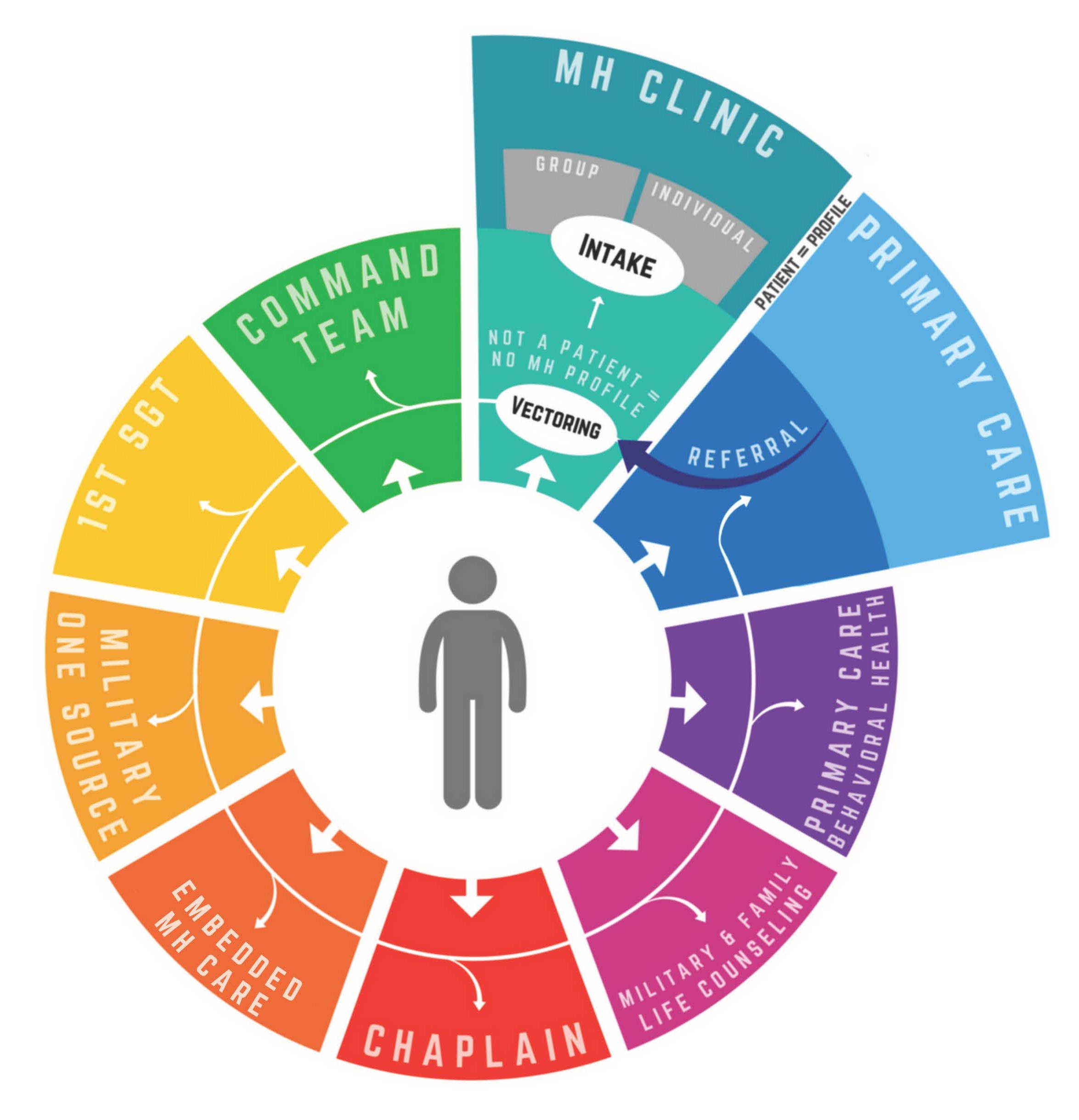
A comprehensive mental health plan not only prevents employee turnover but also enhances job satisfaction, creating a more positive workplace environment The Alliance. Employees are more likely to remain with companies that offer robust mental health benefits, such as counseling and stress management programs, highlighting the importance of mental health for sustained engagement The Alliance.
Key Components of Effective Well-being Programs
To be effective, well-being programs must align with the actual needs of employees. The most successful programs incorporate:
- Mental health benefits
- Recognition initiatives
- Work-life balance
These elements contribute to cultivating an exceptional workplace Modern Health.

Employers should offer comprehensive benefits, foster supportive cultures, and continually refine their programs The Alliance.
Key components of mental health support include counseling and stress management workshops, which are crucial for managing work-related stress and reducing burnout Plus One Workplace Wellbeing. Additionally, providing flexible benefits to address life's challenges—such as extended parental leave and access to mental health professionals—can significantly enhance mental health Maven Clinic.
Creating a Supportive Workplace Environment
Creating a supportive environment is essential for enhancing mental well-being. Training managers and conducting awareness campaigns normalize discussions around mental health, fostering a culture where employees feel safe seeking help Maven Clinic. This openness helps reduce stigma and increase job satisfaction The Alliance.
Implementing workplace mental health policies can decrease costs associated with turnover, healthcare, and productivity losses due to poor mental health WorkRise Network. Leadership support, along with robust mental health benefits, is crucial for maintaining a healthy workplace WorkRise Network.
Inclusive and Purpose-Driven Culture
Creating Inclusive Work Environments for Employee Retention
Building an inclusive work environment is key to employee retention. When workplaces emphasize appreciation, recognition, and inclusion, employees feel valued and are more likely to stay. Implementing peer recognition programs and offering personalized rewards, such as bonuses or opportunities for professional growth, can significantly boost loyalty and morale.
Offering flexible work options, like remote work and adjustable hours, caters to diverse needs and supports a healthy work-life balance, reducing turnover. A culture that prioritizes collaboration and inclusion is essential for maintaining employee engagement and commitment over the long term. For instance, a financial services company that allows employees to set their own schedules and choose remote days has experienced improved loyalty and retention.
Purpose-Driven Organizational Culture for Retaining Employees
Cultivating a purpose-driven culture is vital for retaining employees. When a company’s mission aligns with its employees' personal values, they are more likely to remain with the organization. Seeing a future with the company, alongside growth and development opportunities, makes a significant impact.
Aligning onboarding processes with company culture and values helps new hires feel connected and integrated. Additionally, training managers to lead effectively boosts employee satisfaction, as poor management is a common reason for departures. Recognizing and rewarding employees in meaningful ways strengthens their sense of purpose and belonging. Companies that invest in leadership training and clearly communicate their mission during onboarding experience better retention and stronger employee commitment.
Tools for Enhancing Employee Retention Through Cultural Development
Organizations have several tools at their disposal to build an inclusive and purpose-driven culture. Structured onboarding programs that include cultural immersion prepare employees for success from day one. Regularly reviewing salaries and being transparent about total compensation, including benefits and perks, ensure fairness and help reduce turnover.
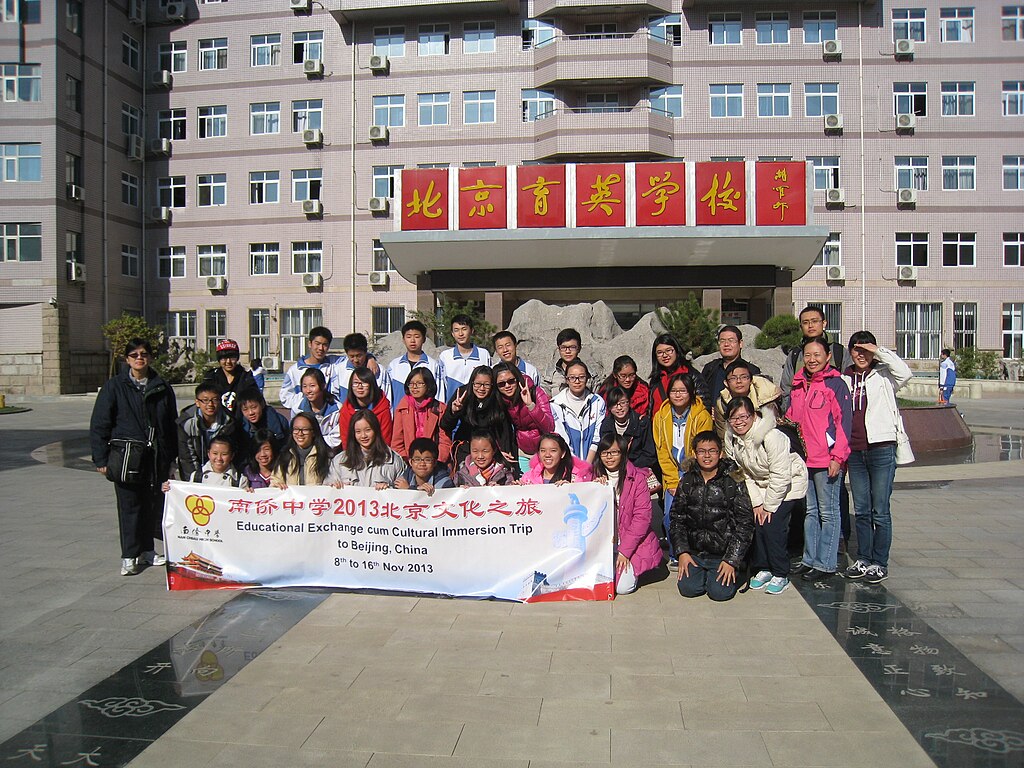
HR practices that minimize administrative stress and ensure compliance contribute to a less stressful environment, supporting retention. Conducting exit interviews provides insights into why employees leave, enabling the development of better retention strategies. Companies using comprehensive HR platforms to manage compliance and employee data report 31% lower turnover rates and higher satisfaction, illustrating the effectiveness of these tools in fostering cultural development and boosting retention.
Competitive and Transparent Compensation
Benefits of Transparent Compensation for Employee Retention
Transparent pay is crucial for employee retention. Studies indicate that competitive compensation significantly influences job tenure. In the U.S., employees seek not only a good salary but also job satisfaction TalentHR.
Regularly reviewing and openly discussing compensation prevents feelings of inequity, which is vital in competitive industries. This transparency fosters trust and loyalty, as employees can compare their compensation with industry standards and peers Radancy.

By clearly communicating the full compensation package, including benefits and perks, companies promote a sense of fairness and enhance employee retention Navigate Well.
Designing Effective Compensation Packages for Retention
An effective compensation package combines a competitive salary with additional perks such as:
- Paid time off
- Flexible hours
- Health benefits
- Retirement plans
- Parental leave
Performance-based bonuses and profit-sharing plans can significantly motivate employees by aligning personal success with the company's success Navigate Well.
To ensure competitiveness and fairness, it's essential to stay updated on industry pay standards and conduct internal equity checks. Tailoring benefits and providing wellness and mental health support further enhance the appeal of compensation packages HRMorning.
Case Studies on Successful Compensation in Employee Retention
Organizations that implement transparent career paths, including open pay and promotion plans, experience significantly improved retention rates Radancy.
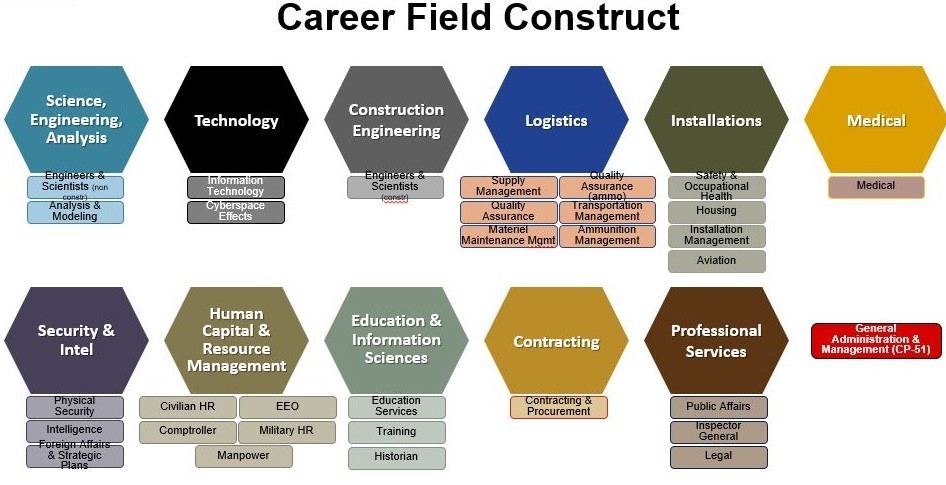
Combining transparent pay with clear growth opportunities and skill-building programs fosters a workplace culture that encourages employee longevity HRMorning.
HR professionals report an 89% increase in retention when flexible work options are added to fair and transparent pay practices Navigate Well.
Maintaining open dialogues about compensation and career development helps reduce turnover by addressing feelings of stagnation or undervaluation Radancy.
FAQ Section
Innovative Employee Retention Strategies for 2025
By 2025, retaining employees will hinge on prioritizing their well-being and aligning them with the company's values. Regular recognition of employee achievements is crucial as it fosters a sense of value and loyalty. Companies are also prioritizing their workforce's health by offering mental health resources and establishing supportive policies for a healthier work environment.
Training managers is essential. Skilled managers who can effectively engage and support their teams significantly enhance employee satisfaction. Additionally, offering clear career growth paths encourages employees to see a future within the company. Leveraging AI to align candidates with company culture and job expectations from the outset also boosts retention.
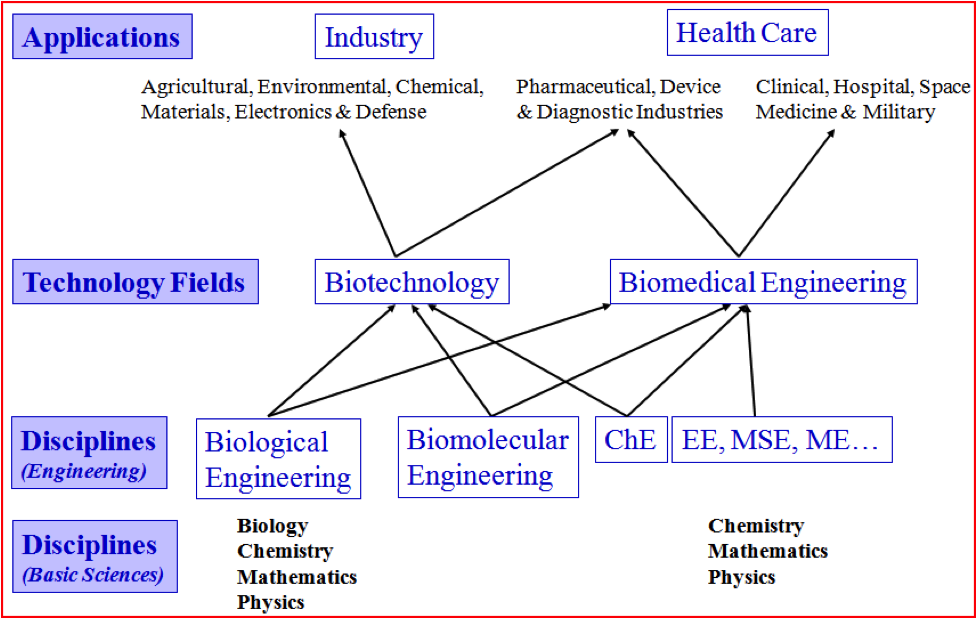
Tailored benefits that address individual needs, alongside competitive pay, are strategic moves. Companies are ensuring these benefits meet or exceed industry standards. Promoting work-life balance through flexible hours, remote work options, and clear after-hours boundaries is vital. Furthermore, fostering a positive, inclusive culture where employees feel they belong and are engaged is key.
Implementing Flexible Work Models for Employee Retention
To successfully implement flexible work models, companies are providing flexible hours and remote work options tailored to employees' lifestyles. Encouraging employees to utilize their paid time off and establishing clear after-hours boundaries supports work-life balance. Training managers to lead remote and hybrid teams ensures that all team members remain engaged and productive.
Open communication and recognition of remote employees are critical to making them feel connected and valued. Providing the necessary technology and support for remote work ensures seamless collaboration, regardless of location. Regular feedback through surveys and data analytics helps refine retention strategies and identify potential turnover risks.

Creating Inclusive, Purpose-Driven Workplace Cultures
Organizations can cultivate inclusive and purpose-driven cultures by aligning the workplace with employees' values and promoting collaboration and respect. Addressing any value mismatches between employees and leadership fosters trust and engagement. Clear communication about the company's direction reduces uncertainty and enhances commitment.
Creating a strong sense of purpose and belonging through meaningful work and recognition programs enhances engagement. Rather than offering an overwhelming array of niche benefits, focusing on meeting basic needs empowers employees to thrive. Aligning the organization's mission with employee values and implementing recognition programs can lead to a more engaged and loyal workforce.
For more insights on these strategies, visit People Managing People, HRMorning, and Navigate Well.
| Strategy | Example Companies | Impact on Retention |
|---|---|---|
| Structured Mentorship | Spring Health | Reduced turnover from 32% to 15% |
| Cross-Functional Roles | ATCC | Increased retention by 10% |
| Hybrid Work Models | Allstate, Cloudflare | Enhanced satisfaction and efficiency |
| Mental Health Support | Modern Health | Increased retention by 5.5% |
| Inclusive Work Environment | Financial Services Co. | Improved loyalty and retention |
| Transparent Compensation | Various Organizations | 89% increase in retention with flexible work options |